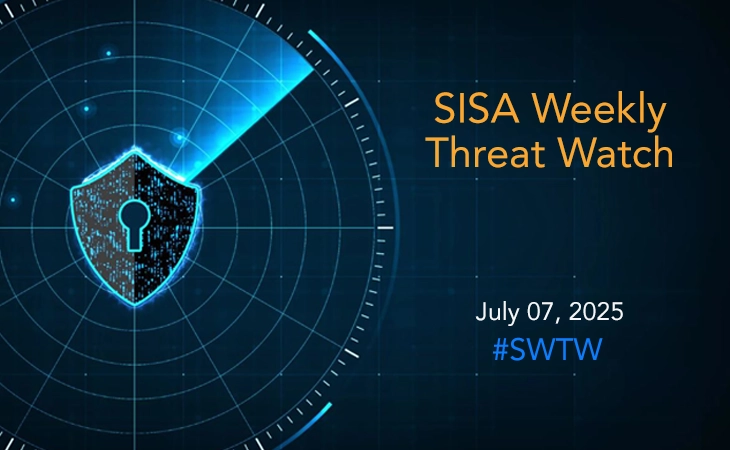The threat intelligence lifecycle is the structured process by which threat intelligence is gathered, processed, analyzed, and applied. It’s a continuous and iterative cycle involving six phases, that empowers cybersecurity teams to predict, detect, and respond to threats with enhanced efficacy.

 USA
USA India
India APAC
APAC Middle East
Middle East Global
Global






 Facebook
Facebook Linkedin
Linkedin  X
X Youtube
Youtube





